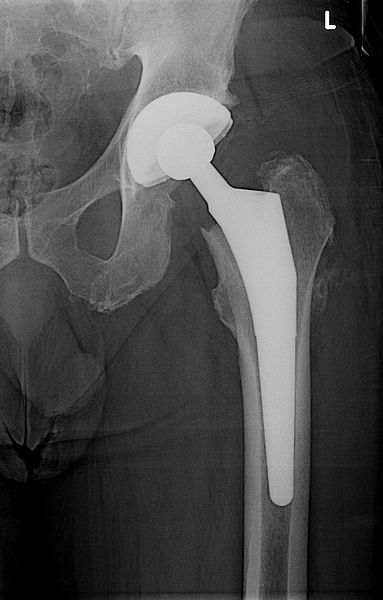
Arthritis, an inflammation of the joints, generally associated with pain, may take several different forms. Osteoarthritis is one of the more common forms of arthritis and is generally known as the “wear and tear” type-arthritis. Osteoarthritis has been diagnosed in approximately 10 million Americans. Since this is a “wear and tear” problem, nearly everyone older than 55 years of age has some form of osteoarthritis somewhere in their body.
Osteoarthritis generally begins after age 40 and develops over many years, as the joints weaken with age. The pain associated with osteoarthritis is often due to this joint damage.
Symptoms of osteoarthritis of the hip commonly begin with discomfort in the groin, thigh and buttock area and stiffness with movement. Worsening signs and symptoms may include limping, pain with movement and loss of ability to turn, bend or straighten the hip.
While you cannot reverse the effects of osteoarthritis, early nonsurgical treatments may help with pain management and slow progression of the disease. These may include activity avoidance, physical therapy care, nonweight bearing exercise activities like swimming and biking, bracing, and medications.
If you develop the later stages of osteoarthritis, you may require joint replacement surgery. Weight bearing joints like the hip, knee, and ankle are commonly replaced, but joint replacement is also an effective treatment for osteoarthritis of the hand, elbow, and shoulder joints.
Patients who have had a joint replacement surgery require time to recover, but are normally able to get back to many of the activities that they enjoyed prior to their osteoarthritis diagnosis. For many patients, joint replacement surgery allows them to do more without pain and stiffness.
Originally published in Senior Review, September 2012.
